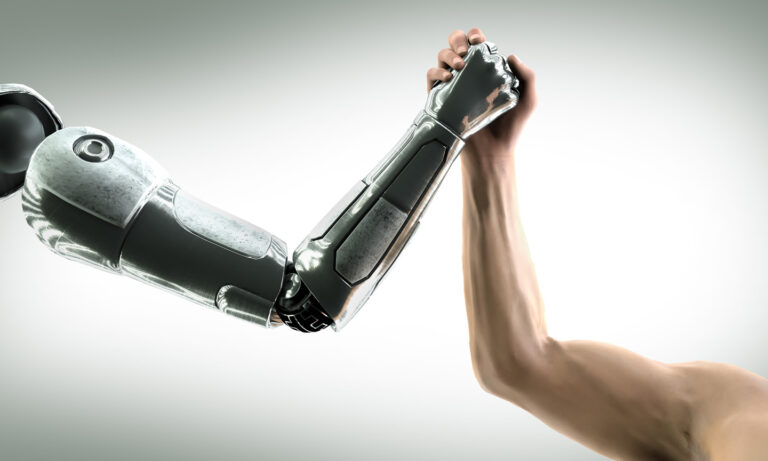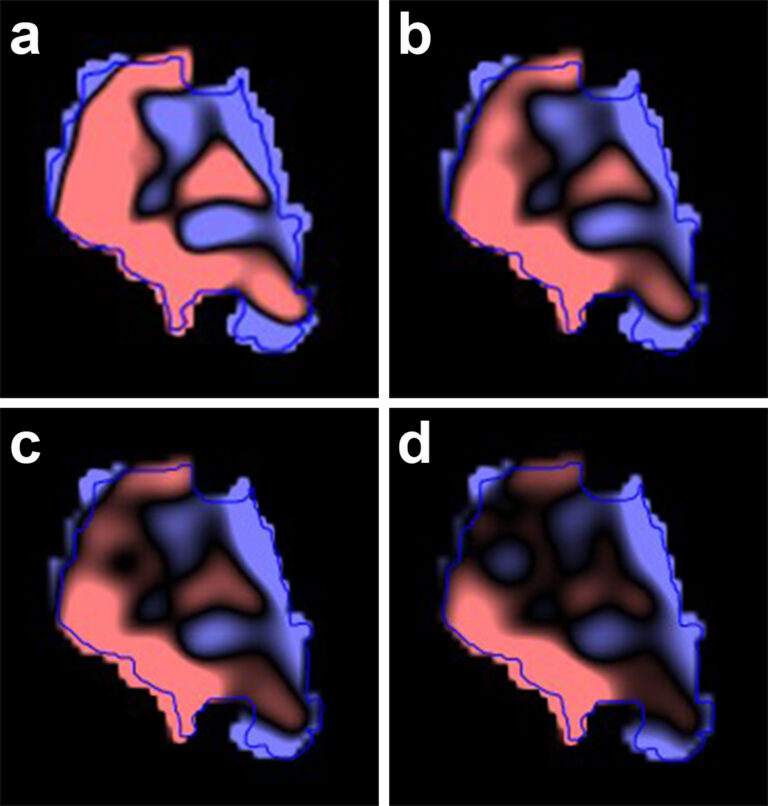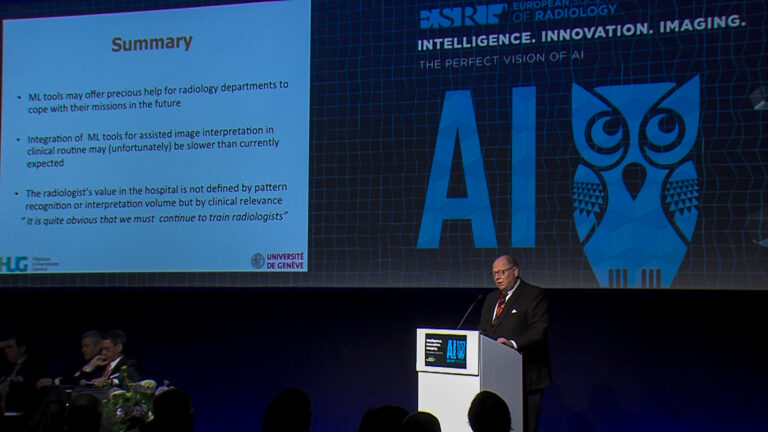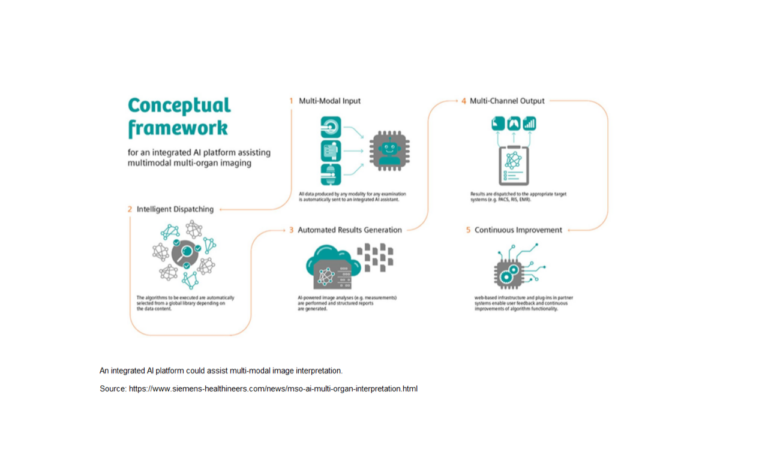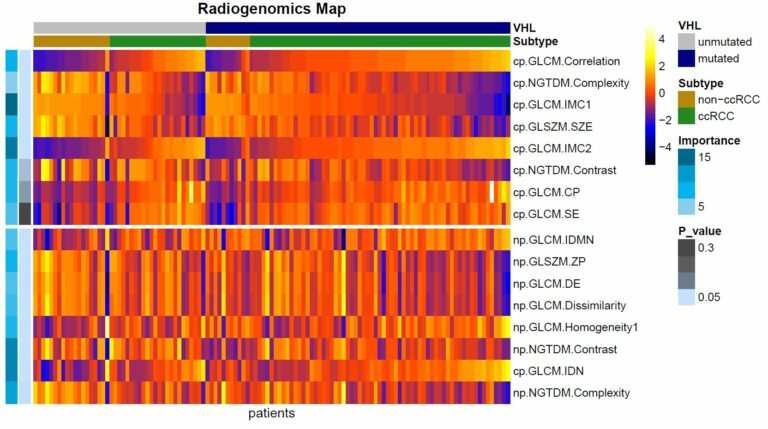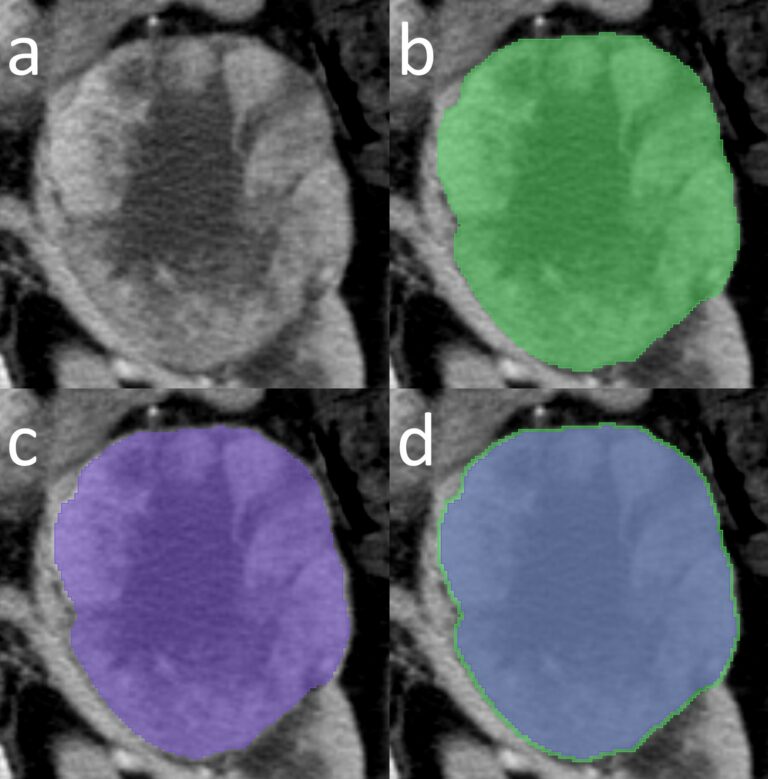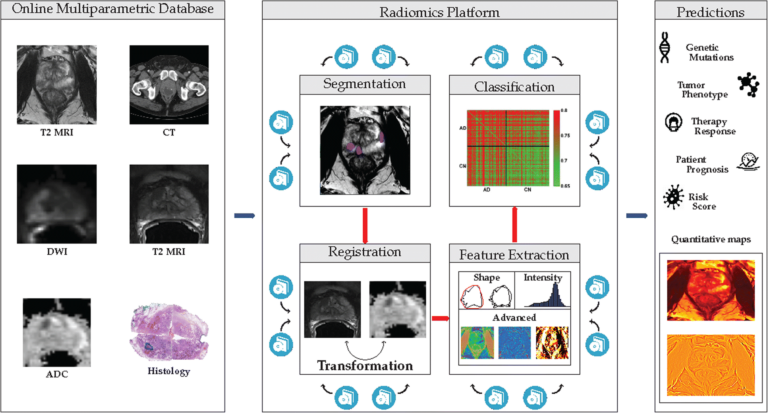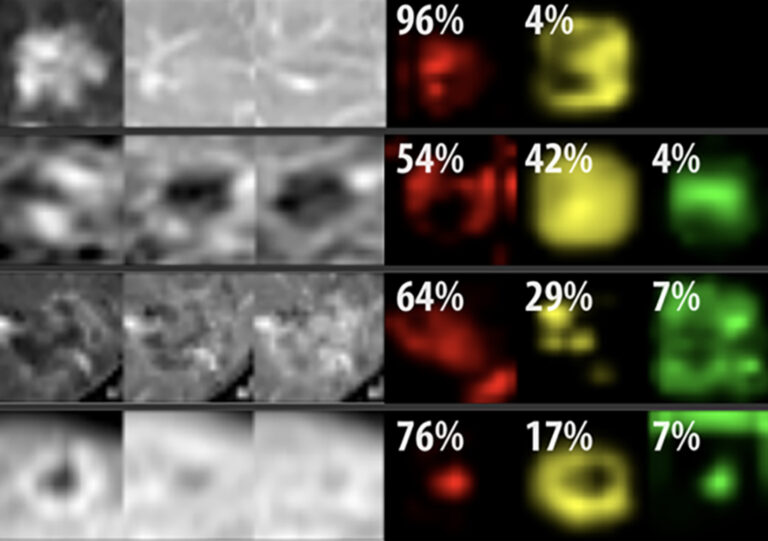
Taking artificial intelligence out of the black box: An “interpretable” deep learning system for liver tumour diagnosis
Convolutional neural networks (CNN) have demonstrated the potential to become effective and accurate decision support tools for radiologists. A major barrier to clinical translation, however, is that the majority of such algorithms currently function like a “black box”. After training a CNN with a large set of input and output data, its internal layers are automatically adjusted to mathematically “map”










